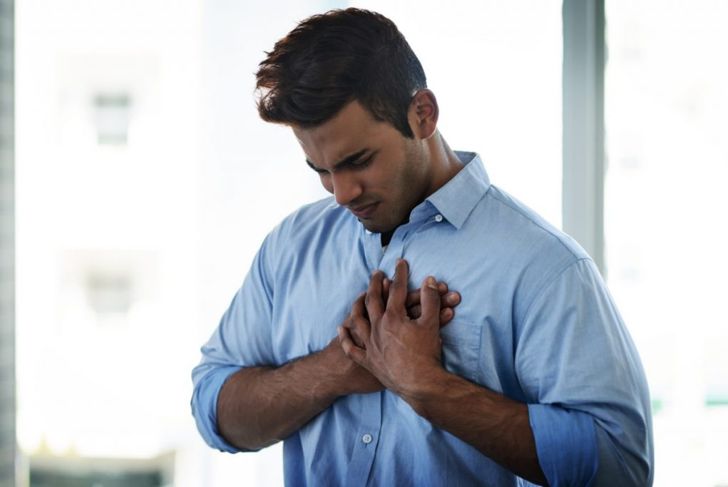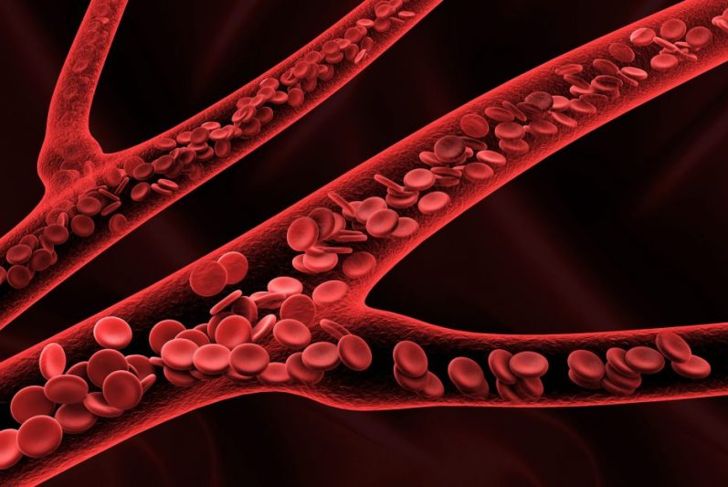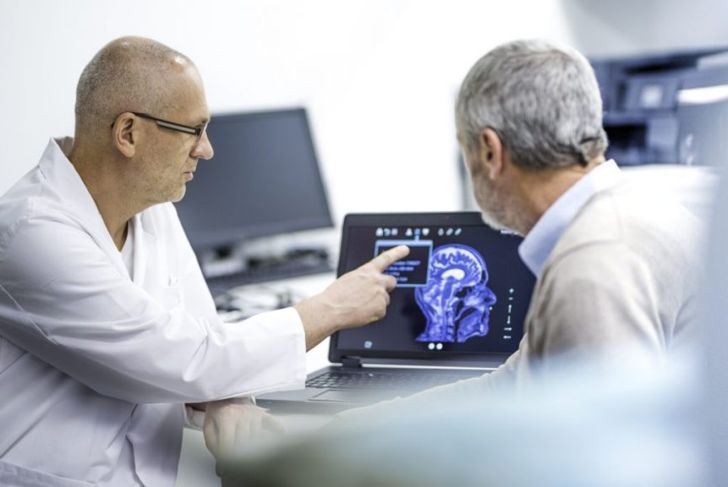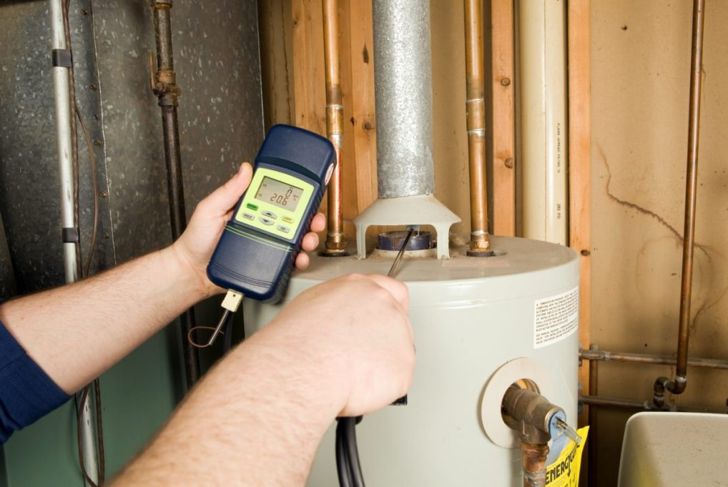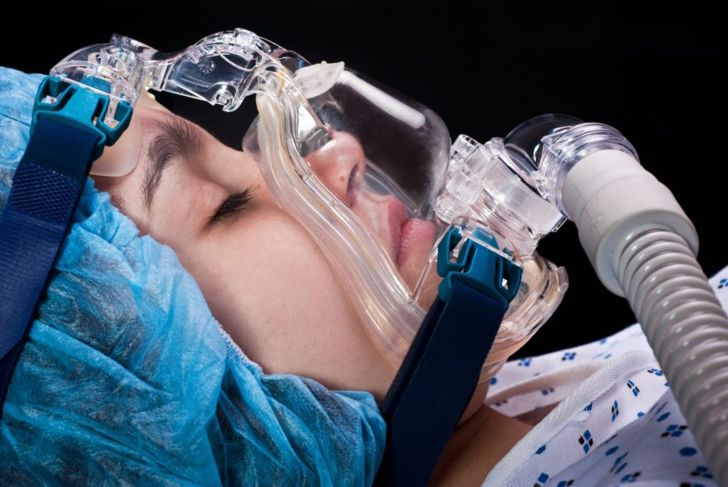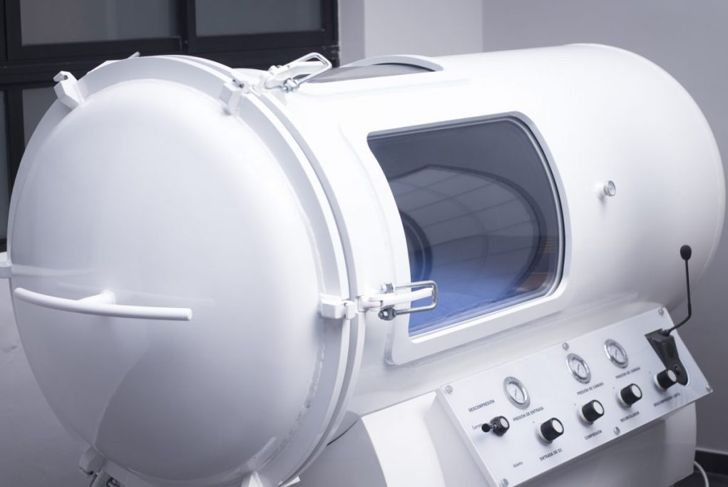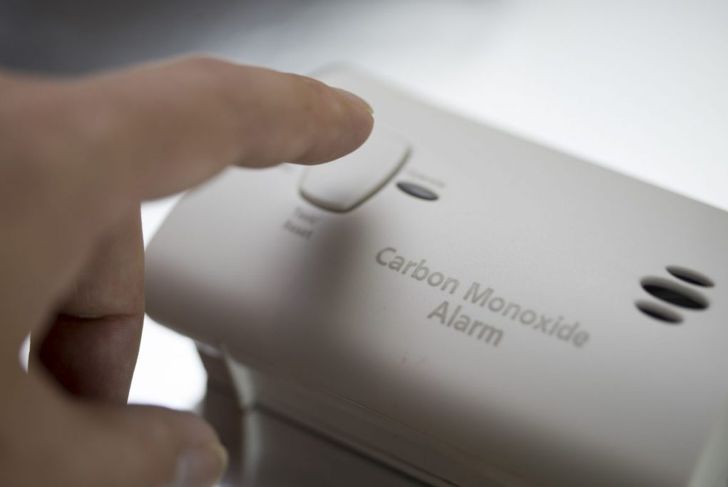Many objects that burn fuel, such as cars, stoves, grills, fireplaces, and furnaces, release fumes that contain carbon monoxide. If carbon monoxide builds up and is inhaled consistently or in large quantities, it can be poisonous. Carbon monoxide poisoning is one of the great mimics of the medical world. It shares symptoms with many other conditions and there are few unique symptoms that specifically indicate carbon monoxide poisoning. As such, it can be difficult for doctors to identify.
Early Symptoms
Carbon monoxide binds to hemoglobin and converts it to a molecule called carboxyhemoglobin. Hemoglobin is the protein responsible for transporting and using oxygen. The symptoms that result from interference with hemoglobin include headaches, nausea, dizziness, and fatigue. These symptoms closely resemble the effects of conditions that affect the brain or that cause oxygen deficiency or hypoxia. Very few people think nausea and headaches are due to carbon monoxide poisoning. Even if the effects are widespread, the prevailing assumption tends to be that the flu or food poisoning is the culprit.
Advanced Symptoms
Over time, carbon monoxide poisoning can dramatically worsen, and the symptoms become more serious. However, the effects remain vague and hard to link to carbon monoxide. Progressive symptoms of carbon monoxide poisoning include chest pain, shortness of breath, vomiting, confusion, blurry vision, and loss of consciousness. No definite timeline determines how long it takes for poisoning to progress. Instead, carbon monoxide poisoning is dependant on the concentration of carbon monoxide and the time a person spends exposed to it.
Rare Symptoms
A singular symptom is indicative of carbon monoxide poisoning directly. High levels of carboxyhemoglobin in the blood can cause the skin to develop a flushed, cherry-red color. However, it is rare for doctors to discover this symptom before a postmortem examination. Carbon monoxide poisoning of the degree that causes the red skin is usually fatal. If a person develops cherry-red skin and has a history of other symptoms that could result from carbon monoxide poisoning, it is a medical emergency that requires immediate treatment.
Long-Term Issues
In some cases, the actual concentration of carbon monoxide in an environment isn’t particularly high. However, long-term exposure can still lead to various issues and conditions such as peripheral artery disease, cardiomyopathy, and neurological problems. Long-term carbon monoxide poisoning often damages the brain, causing memory loss, tremors, and trouble speaking. High levels of carbon monoxide can eventually be fatal if the affected person doesn’t receive treatment.
Causes
Carbon monoxide is everywhere, but usually not in detrimental concentrations. However, some items produce significant amounts. Space heaters, water heaters, fireplaces, vehicles, furnaces, and many other objects release fumes that contain carbon monoxide. Though they typically do not release dangerous levels, the concentration of the gas in the air can dramatically increase in areas with poor ventilation. Many cases of carbon monoxide poisoning occur when people spend time near these objects unaware of the high levels.
Diagnosis
Healthcare professionals can have difficulty linking symptoms to carbon monoxide poisoning. However, once they do, diagnosis is fairly simple. A doctor or nurse can take a blood sample and test it to determine the amount of carbon monoxide in the individual’s blood. Carbon monoxide levels above 70 parts per million typically cause more serious symptoms and pose health risks. Doctors may consider carbon monoxide more during the winter months; fatalities from carbon monoxide poisoning triple during January, likely because people rely on potentially dangerous sources of heat.
Oxygen Treatment
Researchers have yet to determine the best treatment for carbon monoxide poisoning. Most modern treatments aim to remove the harmful gas from the body as quickly as possible. An oxygen mask will feed the patient pure oxygen, which quickly increases levels and helps eradicate carbon monoxide. If patients are unable to inhale without assistance, a ventilator can provide oxygen.
Oxygen Chamber
In some cases, doctors may place patients in a pressurized or hyperbaric oxygen chamber. Unlike an oxygen mask, an oxygen chamber has two to three times the pressure of normal air. Because the pressure is higher, a person can inhale more oxygen than they would normally be capable of gathering. Doctors tend to use oxygen chambers to treat severe cases of carbon monoxide poisoning. They may also use the chambers to treat pregnant women with carbon monoxide poisoning.
Preventing Poisoning at Home
Many methods can help prevent carbon monoxide poisoning at home. Battery-operated carbon monoxide detectors will sound an alarm if they detect dangerous levels of carbon monoxide. Some detectors have a digital readout that states how much carbon monoxide is in the air. Every year, a qualified technician should service any gas, oil, or coal-burning appliances in the house to ensure they are working. Many people attempt to use appropriate gas ranges or ovens for heating, and this can lead to excess concentrations of carbon monoxide.
Preventing Poisoning from a Vehicle
It is less common for vehicles to cause carbon monoxide poisoning, but it is still possible. Running a vehicle in an enclosed space such as a garage is a major risk factor for carbon monoxide poisoning. The garage door should always remain open while a vehicle is running. Small leaks in the exhaust system of a car can lead to carbon monoxide buildups in the cabin of the vehicle. Car owners should have a mechanic check the system every year to ensure there is no damage.

 Home
Home Health
Health Diet & Nutrition
Diet & Nutrition Living Well
Living Well More
More
